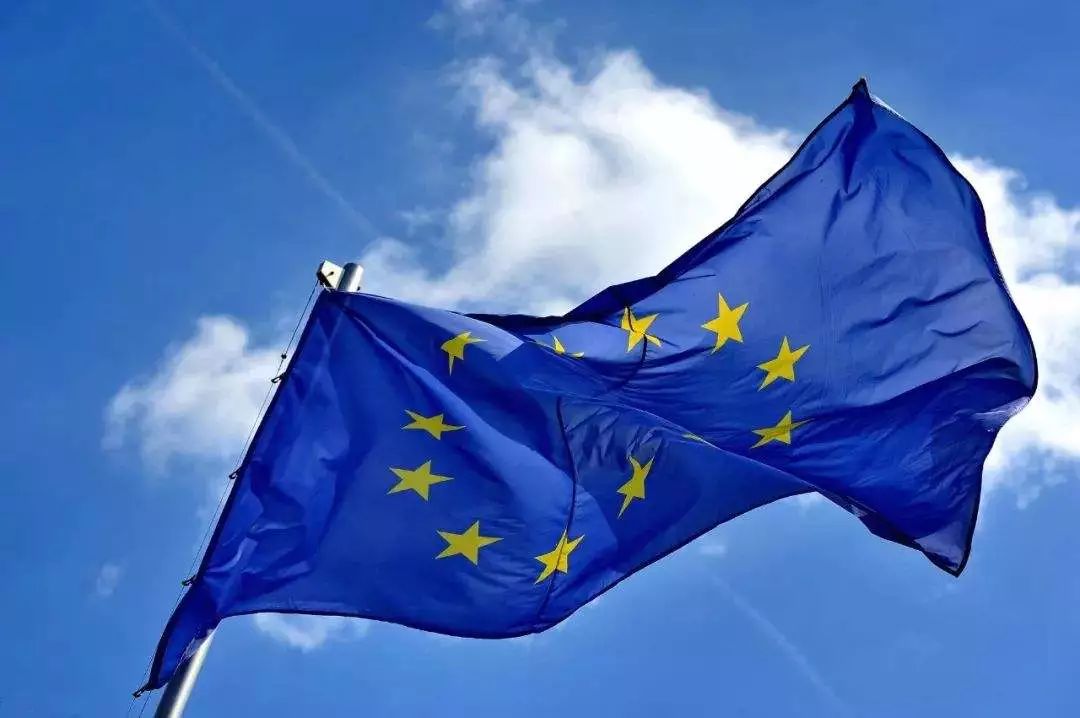OLABS ∨
解决方案 ∨

欧盟委员会发布了两份期待已久的文件,涉及施行欧盟医疗器械法规(REGULATION (EU) 2017/745,简称“MDR”)和欧盟体外诊断医疗器械法规(REGULATION (EU) 2017/746,简称“IVDR”)的两项基本措施,即欧洲医疗器械数据库(Eudamed)的高层级功能规范以及欧盟委员会对数据库未来术语系统的最终评估。
新发布的文件符合MDR/IVDR在过渡期内对欧盟委员会提出的要求,MDR和IVDR分别于2020年5月26日和2022年5月26日施行。MDR将取代Directive 90/385/EEC(AIMDD有源植入性医疗器械指令)和 Directive 93/42/EEC(MDD医疗器械指令);IVDR将取代Directive 98/79/EC(IVDD体外诊断器械指令)。在过渡期内,需要欧盟委员会起草欧洲医疗器械数据库(Eudamed)的功能规范,并提供一个医疗器械术语系统来支持修改后的Eudamed。
MDR和IVDR中,均有约50个条款提及了Eudamed,Eudamed被认为是MDR/IVDR的基石之一。
新发布的文件显示,Eudamed 项目正在按计划进行。MDR将Eudamed的启用日期定于2020年3月25日。然而,欧盟委员会在其最近更新的MDR/IVDR滚动计划中估计,“由于可操作性问题,在MDR和IVDR施行之时,Eudamed的临床研究和市场监督模块可能仅部分可用或根本不可用,需要延迟数月。”
MDR/IVDR包括扩大欧洲医疗器械数据库(Eudamed)开放范围的规定,Eudamed将向更多利益相关者开放,包括医疗器械协调小组(MDCG)、公告机构(NBs)、经济从业者(如进口商)、非欧盟主管当局和公众。MDR/IVDR项下,Eudamed的范围将进一步扩展,将开始纳入唯一器械标识( UDI )、公告机构的认证和指定以及市场监督。
为使新数据库能够提供更大的访问功能和更大范围的操作,Eudamed也因此需要额外的功能,包括互操作性和人工智能。
欧盟委员会解释道,“功能规范分为受限网站和公共网站。”欧盟委员会发布的关于Eudamed功能规范的文件中所涵盖的一些功能规范包括UDI和市场监督等。
该文件还标识了一组项目可交付成果,包括制作支持用例建模的模型和原型,在Eudamed内启动受限的Webgate和公共Europa网站,提供用户指南和培训材料,以及建立应用支持团队。
欧盟委员会表示:“主要预期结果是,由于Eudamed的缘故,MDR/IVDR的实施将是可能的和成功的,同时负有法律义务的利益相关方也将能够遵守MDR/IVDR。”各功能规范都有一个指定的时序优先级:大多数(159)被标记为中等优先级,其次是最高优先级(129)。只有22个被标记为较低优先级。
医疗器械术语系统的目的不仅是支持Eudamed的运作,而且旨在将信息的描述和解释标准化,以识别和监测事件和根本原因。
欧盟委员会发布的有关医疗器械术语系统的文件(1页)正式认可了医疗器械协调小组(MDCG)于2018年制定的有关医疗器械术语系统的文件(MDCG 2018-2)。MDCG于2018年制定的文件说明了未来医疗器械术语系统如何满足某些法律要求和标准。针对医疗器械术语系统项目,还需要在欧盟UDI工作组下建立一个成员国专责小组,欧盟委员会与专责小组合作对可能的备选方案进行评估;专责小组负责编写报告,供医疗器械协调小组(MDCG)审议和讨论。
据欧盟委员会称,CND(国家医疗器械分类)术语系统将被映射到全球医疗器械术语系统(GMDN),并在Eudamed可供使用。
欧盟委员会表示:“两个术语系统之间的对应关系将对操作者可见,并纳入未来的数据库中。这将允许所有进行器械登记的操作者找到等同于GMDN代码的CND术语。”接下来的步骤包括,建立一个监测欧盟医疗器械术语系统的MDCG分小组,探索支持世界卫生组织术语工作的方法,并提供关于欧盟医疗器械术语系统管理和运作的更多细节。
EC Details Plan for Eudamed and Medical Device Nomenclature System
The European Commission (EC) issued long-awaited documents on two essential actions to implement the EU’s medical device and in vitro diagnostic regulations (MDR/IVDR), namely the high-level functional specifications for Eudamed and its final assessment on the future nomenclature for the database.
The new documents comply with requirements that the 2017 regulations imposed on the Commission as part of the transitional periods to enter MDR and IVDR into force by 26 May 2020 and 26 May 2022, respectively, and repeal the current medical device and IVD directives. These requirements called for drawing up the functional specifications for Eudamed—the European database on medical devices—and making available a medical device nomenclature to support the revamped Eudamed.
Eudamed is referenced in about 50 articles in each regulation and is considered one of the cornerstones of MDR/IVDR.
The new documents suggest Eudamed projects are on schedule. The MDR-mandate Eudamed go-live date was set for 25 March 2020. Yet the EC estimated in its recently updated MDR/IVDR rolling plan that “modules for clinical investigation and market surveillance might be only partly or not at all available at the time of application of the two regulations (due to workability issues) but few months after.”
The new regulations include provisions to widen the application of Eudamed, which will be open to more stakeholder groups, including the Medical Devices Coordination Group (MDCG), notified bodies (NBs), economic operators such as importers, non-EU competent authorities and the public. Its scope will be much larger under the new regulations and the extension will begin to incorporate unique device identification (UDI), accreditation and designation of NBs and market surveillance.
For the new databank to provide greater access and operate with a larger scope, MDR Eudamed will consequently require additional functionalities, including interoperability and artificial intelligence.
“The functional specifications are divided between the restricted website and the public website,” the EC explained. Some of the functional specifications covered by the document include UDI and market surveillance, among others.
The Eudamed document also identifies a set of project deliverables. These include producing mock-ups and prototypes in support of use case modelling, launching the restricted Webgate and the public Europa websites within Eudamed, providing user guides and training materials and establishing an application support team.
“The main expected outcome is that thanks to MDR Eudamed the implementation of the medical devices regulations will be de facto possible and successful, but also that the stakeholders with legal obligations will be able to comply with the regulations,” the EC said. Functional specifications each have an assigned timing priority: Most (159) are marked as medium, following by high (129). Only 22 are low priority.
The nomenclature aims to not only support the functioning of Eudamed, but also to standardize descriptions in and interpretations of its information to identify and monitor incidents and root causes.
A one-page EC document formally recognizes the 2018 document developed by the MDCG. The MDCG document offered a snapshot of how the future nomenclature is expected to fulfill certain legal requirements and criteria. As part of the nomenclature project, the process will also entail establishing a taskforce of member states under the EU UDI workgroup, working with the taskforce to evaluate relevant Commission services and having the taskforce produce and provide a report to the MDCG.
The National Classification of Medical Devices (CND) nomenclature will be mapped to the Global Medical Device Nomenclature (GMDN) and made available in MDR Eudamed, according to the EC.
“The correspondence between the nomenclatures will be visible to operators and incorporated in the future database,” the EC said. “This will allow all operators registering their device to find CND nomenclature equivalent to a GMDN code.” Next steps include establishing an MDCG subgroup for oversight of the EU nomenclature system, exploring ways to support the nomenclature work of the World Health Organization and providing additional details on the system’s governance and operation.
来源:RAPS
原文链接:https://www.raps.org/news-and-articles/news-articles/2019/3/ec-details-plan-for-eudamed-and-medical-device-nom
整理翻译:奥咨达
奥咨达翻译团队根植于中国,面向全球,专注为医疗器械领域的企业提供专业、高效的翻译解决方案。翻译领域包括医疗器械的研发、注册、临床、上市后监督、营销、管理、培训等,译稿已涵盖医疗器械领域的所有类型。 奥咨达翻译组联系方式: 邮箱:trans@osmundacn.com
如果你有寻找医疗器械孵化,
那就与我们取得联系吧!
您可以填写右边的表格,让我们了解您的服务需求,这是一个良好的开始,我们将会尽快与你取得联系。当然也欢迎您给我们写信或是打电话,让我们听到你的声音!
24小时免费咨询热线:
400-6768632
您想参观OLABS创新工厂,
那就与我们取得联系吧!
您可以填写右边的表格,让我们了解您的服务需求,这是一个良好的开始,我们将会尽快与你取得联系。当然也欢迎您给我们写信或是打电话,让我们听到你的声音!
24小时免费咨询热线:
400-6768632